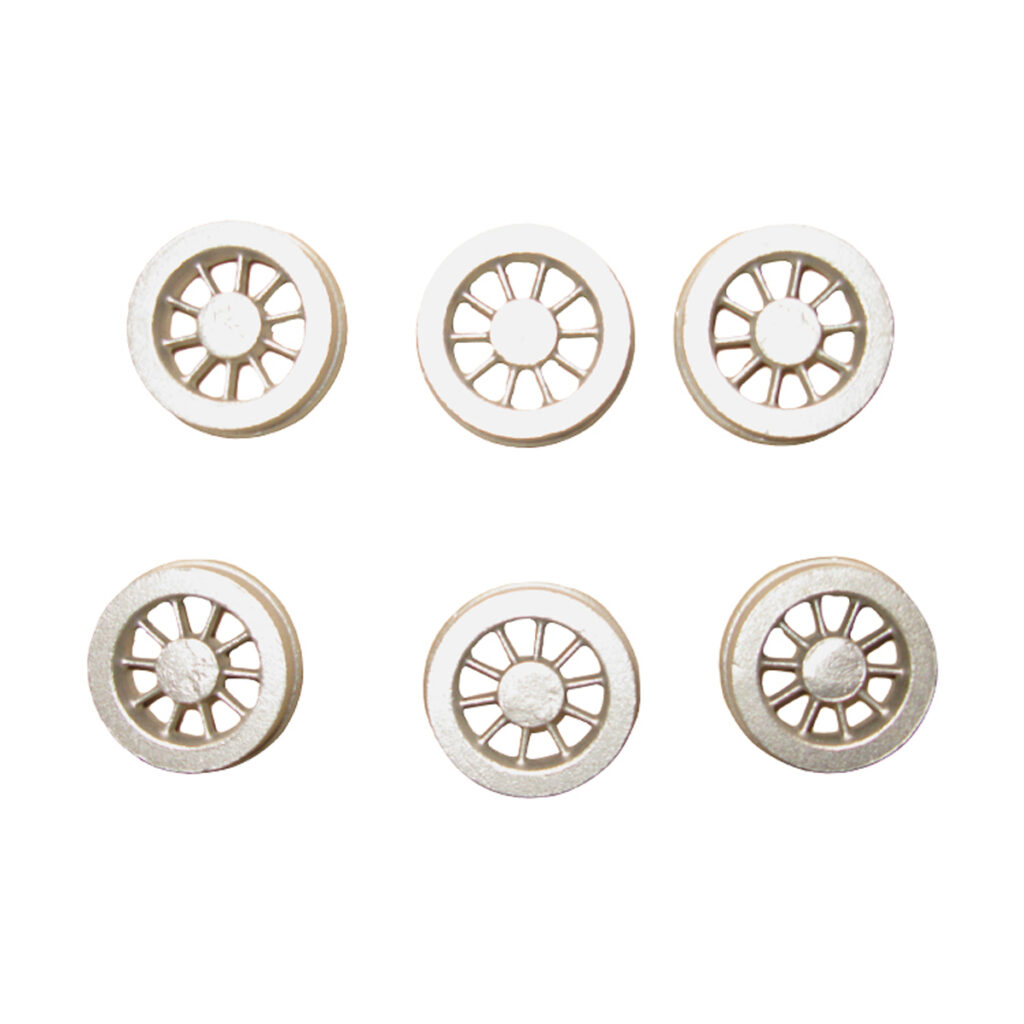The European Union (EU) is one of the most lucrative markets for machinery castings, but navigating its strict regulatory landscape can be daunting. For manufacturers exporting cast components like pump housings, valve bodies, or industrial equipment parts, CE marking and RoHS compliance are non-negotiable requirements. Failure to comply can result in customs rejections, hefty fines, or product recalls.
This ultimate guide breaks down the CE and RoHS compliance process into actionable steps, ensuring your castings meet EU standards and unlock seamless market access.
1. Why CE & RoHS Matter for Machinery Castings
1.1 CE Marking: The Gateway to the EU Market
- Legal Requirement: CE marking is mandatory for machinery and safety components under the Machinery Directive 2006/42/EC.
- Scope: Applies to castings used in machinery, including:
- Engine blocks
- Hydraulic components
- Industrial gearboxes
- Penalties for Non-Compliance: Up to 4% of annual turnover or product seizure.
1.2 RoHS Compliance: Beyond Electronics
- RoHS Directive 2011/65/EU restricts hazardous substances (e.g., lead, cadmium) in electrical/electronic equipment.
- When It Applies: If your castings integrate electronic components (e.g., sensor housings, motor casings).
2. CE Compliance Checklist for Machinery Castings
Step 1: Identify Applicable Directives
| Directive | Relevance to Castings |
|---|---|
| Machinery Directive | All machinery components |
| Pressure Equipment Dir. | Castings for pressurized systems (e.g., valves) |
| ATEX Directive | Castings used in explosive atmospheres |
Step 2: Conduct a Risk Assessment
- Hazards to Address:
- Mechanical failure due to porosity/inclusions.
- Sharp edges from post-casting machining.
- Thermal risks (e.g., high-temperature applications).
- Tools: Use EN ISO 12100:2010 for hazard analysis.
Step 3: Prepare Technical Documentation
- Mandatory Documents:
- Design drawings and material certifications (e.g., EN 10204 3.1/3.2).
- Casting process details (e.g., sand, investment).
- Test reports (tensile strength, impact tests).
- Risk assessment records.
- Declaration of Conformity (DoC).
Step 4: Perform Conformity Assessment
- Self-Certification: Allowed for non-high-risk components (e.g., non-pressure parts).
- Notified Body Involvement: Required for castings under Annex IV of the Machinery Directive (e.g., press brakes).
Step 5: Affix CE Marking
- Labeling Rules:
- Minimum height: 5mm.
- Must be indelible and visible.
3. RoHS Compliance Checklist
Step 1: Determine RoHS Applicability
- Ask: Does the casting contain/contact electrical parts?
- Yes: Proceed with RoHS testing.
- No: Only CE applies.
Step 2: Material Analysis
- Restricted Substances:SubstanceLimit (ppm)Lead (Pb)1,000Cadmium (Cd)100Hexavalent Cr1,000
- Testing Methods: XRF (X-ray fluorescence) or ICP-OES (Inductively Coupled Plasma).
Step 3: Supply Chain Management
- Collect RoHS Compliance Certificates from material suppliers.
- Audit subcontractors (e.g., plating shops) for chemical use compliance.
Step 4: Document Retention
- Maintain records for 10 years post-market entry.
4. Common Pitfalls & Solutions
Pitfall 1: Porosity Leading to Mechanical Failure
- Solution:
- Implement X-ray testing (ASTM E1928) for defect detection.
- Apply HIP (Hot Isostatic Pressing) to heal micro-voids.
Pitfall 2: Lead Contamination in Bronze Castings
- Solution:
- Replace leaded bronze (e.g., C93200) with unleaded alternatives (e.g., C95400).
Pitfall 3: Incomplete Technical Documentation
- Solution:
- Use templates from the EU Official Journal for DoC drafting.
5. Case Study: CE/RoHS Compliance for a German Automotive Supplier
- Challenge: Aluminum transmission housings rejected at Hamburg Port due to missing DoC.
- Solution:
- Conducted EN 1706 material certification.
- Partnered with TÜV SÜD for conformity assessment.
- Implemented XRF testing for RoHS-critical zinc coatings.
- Result:
- 100% customs clearance rate since 2022.
- 20% cost savings via streamlined documentation.
6. Cost Breakdown
| Activity | Estimated Cost |
|---|---|
| CE Technical Documentation | 2,000–2,000–5,000 |
| Notified Body Certification | 5,000–5,000–15,000 |
| RoHS Testing (per material) | 300–300–800 |
| HIP Treatment (per batch) | 1,500–1,500–3,000 |
7. Future-Proofing Your Compliance
- Digital Product Passports (DPP): Coming in 2026 under the EU’s Circular Economy Action Plan.
- CBAM (Carbon Border Adjustment Mechanism): Track CO₂ emissions for castings by 2026.
8. Final Checklist for Exporters
✅ Confirm CE directives applicable to your castings.
✅ Conduct risk assessment per EN ISO 12100.
✅ Test materials for RoHS substances (if applicable).
✅ Prepare Declaration of Conformity.
✅ Affix CE marking and retain records for 10 years.
[Download Our Free CE/RoHS Compliance Checklist]
Conclusion
CE and RoHS compliance for machinery castings isn’t just about avoiding penalties—it’s about building trust in the EU market. By following this checklist, you’ll ensure your castings meet the highest safety and environmental standards, positioning your business as a reliable global supplier.



One Response
Need Expert Support? Contact us for a customized compliance roadmap tailored to your casting products!